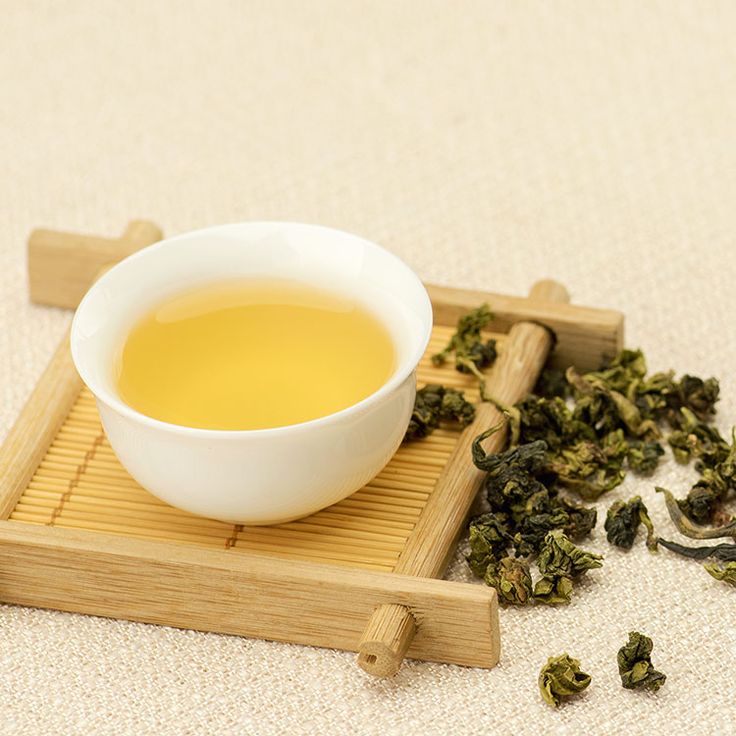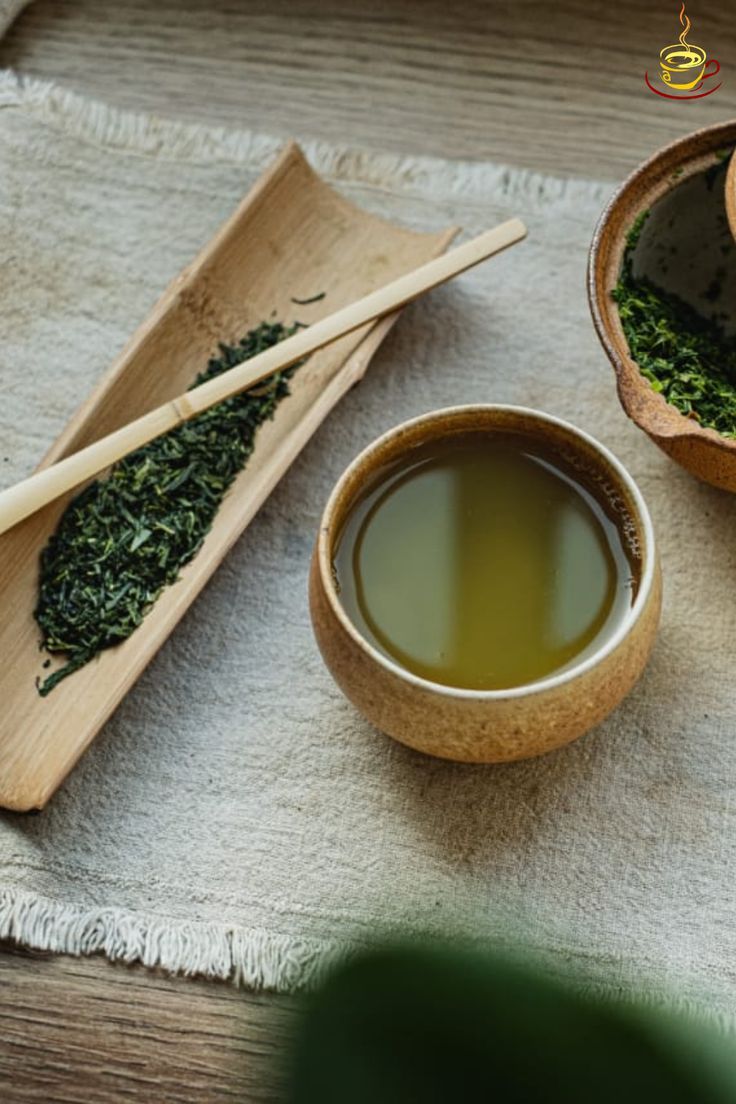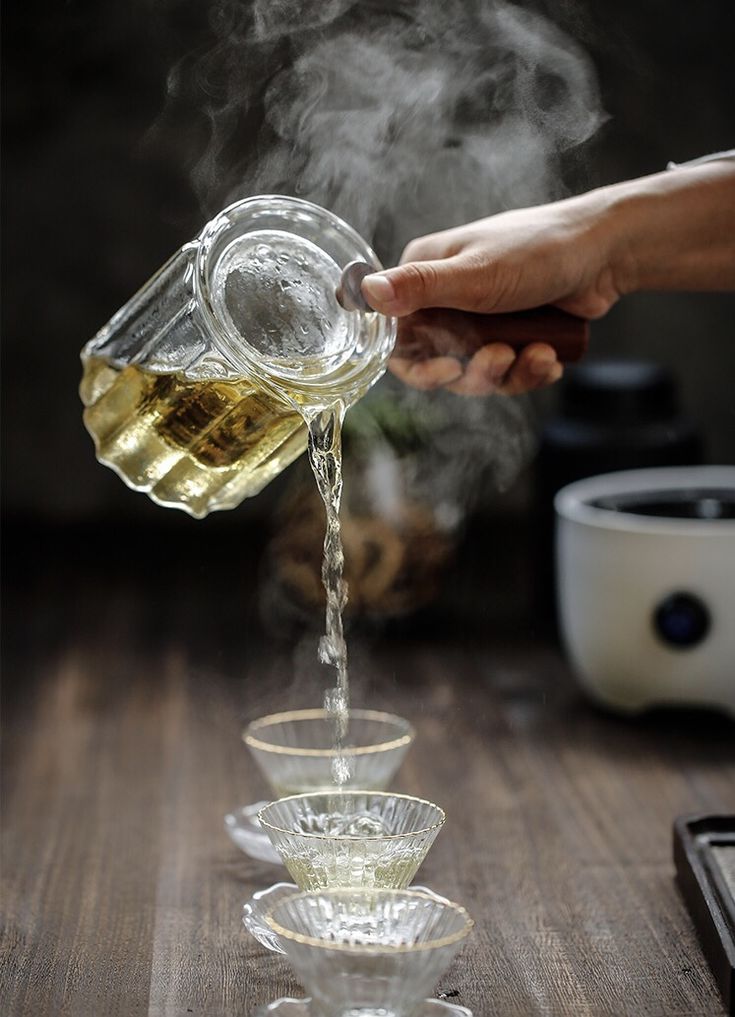The most common misconception about Anji white tea comes from the word ‘white tea’, and it's taken for granted that it's a type of white tea. In fact, it's not at all related to white tea, it's actually a real green tea. Anji white tea is considered to be the most poetic green tea because of its name.
Why the name Anji White Tea?
Anji is the name of a place, namely Anji County in Zhejiang Province. Anji, founded in the Han Dynasty (185 AD), is a very ancient city. The name ‘Anji’ was given by Emperor Ling of the Han Dynasty, which was taken from the ‘Poetry’, ‘An and auspicious’, implying peace and happiness in the world. With ‘Anji’ as the name of the tea, tea drinkers seem to feel the beauty of this.
Anji is also known as ‘China's bamboo township’, the so-called ‘Chuanyuan 500 miles, half of the period of bamboo’, tea plantations and bamboo forests in this has an unbreakable relationship. It is said that all around the bamboo forest or adjacent to the bamboo forest of the tea plantation tea, generally contains chestnut or celandine incense, and the closer to the bamboo forest, the more obvious its celandine incense.
White tea is named after the colour of the tea leaves. Generally speaking, the colour of the tea leaves is green, ranging from yellowish green, light green to dark green, with a few tea buds being purplish red. And the young leaves are white is this Anji white tea.

The tea is a rare mutant tea species, belonging to the ‘low temperature sensitive’ tea, every spring at 20 ℃ ~ 22 ℃ (threshold for 25 ℃) under the lower temperature conditions, the new leaves in the chlorophyll synthesis is blocked, the stage of the leaf colour of the whitening. And when the temperature rises, the colour of the young leaves turns from white to green and cannot be made into Anji white tea. Therefore, the picking period for Anji white tea is only about 30 days.
The difference between Anji white tea and other green teas

The first difference is naturally the colour of the tea leaves, which is also known as Jade Phoenix Tea because of its jade-white leaf colour and the shape of the phoenix feather. We look at its dry tea appearance, Anji white tea is green with yellow, not white. But as long as in 80-90 degrees of boiling water, its leaves slowly spread out, showing its yellowish-white jade-like characteristics. The white is fixed in the green dry tea, and quietly blooms in the water - leaves white as jade, white in the emerald, drink a cup, seems to drink the spring of Jiangnan.
The second difference is the amino acid content of Anji white tea. Anji white tea's amino acid content is particularly high, a total amount of up to 6% or more, than the average green tea is about twice as high. We know that the amino acid in tea is an important source of tea flavour, which can be formed under different conditions, such as sweet, fresh, salty, sour and other flavours. The most distinctive feature of Anji white tea is its fresh and crisp flavour. Secondly, the free amino acids of tea leaves will form caramel aroma substances under the heat condition, probably the strong aroma of Anji white tea is also closely related to it.

The third difference is the history of Anji white tea. The Anji White Tea we drink now was created in 1980, which is very young compared to other green teas. However, the Anji white tea has been around since the Song Dynasty. Song Huizong said in the ‘Daguan tea theory’:
White tea since a kind of, and often tea is different, its strips of perfumed elaboration, its leaves Ying book, between the cliff forest, accidentally born, although not due to manpower, there are but four or five, born but one or two plants.
This cliff forest between the ancient tea tree in the 1970s was found, after decades of protection, research, asexual reproduction to have today's ‘white leaf one’ tea species. Anji white tea can be said to be a lost and found a green tea.
The mole also thoughtfully made tea business cards for everyone, which can be easily saved.
